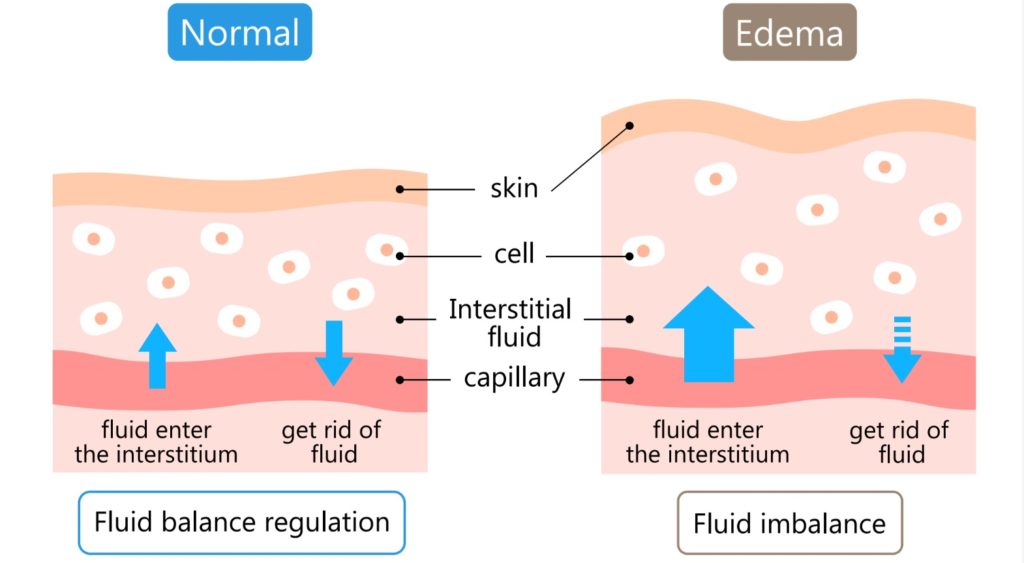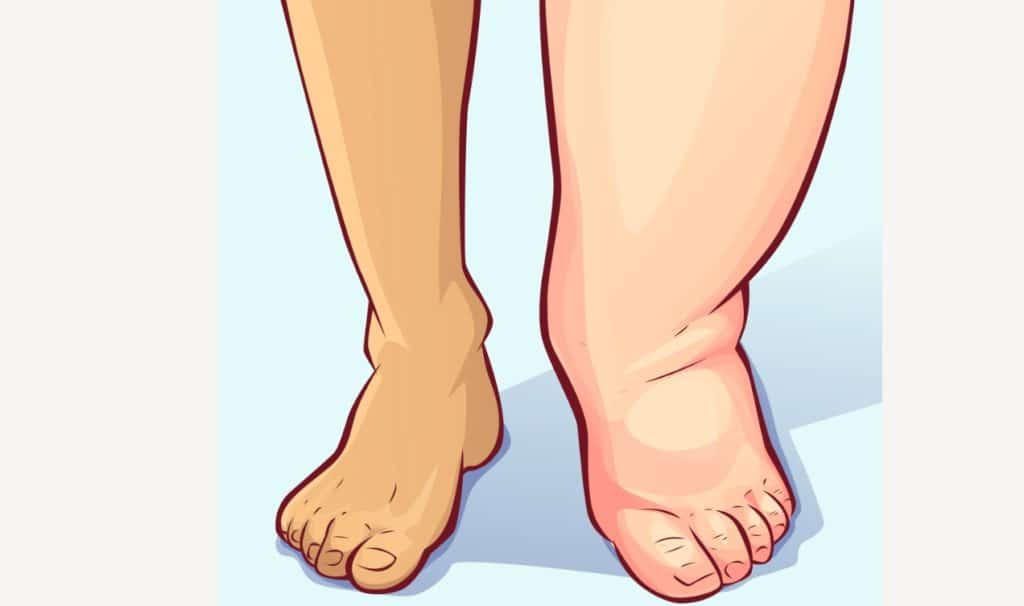The Detrimental Impact of Swelling on Wound Healing
How does edema impact wound healing?
Swelling which is also known as edema, is a detriment to wound healing. Prolonged accumulation of fluid in the tissues impairs healing as the excess fluid impacts blood supply and oxygen delivery, contains detrimental metabolic waste products and causes inhibition or suppression of essential cellular activity for healing. Therefore, it is important in patients with swelling and in particular chronic venous insufficiency to reduce lower extremity swelling to facilitate wound healing.

What are the causes of swelling?
Swelling, especially in the lower extremity may be a result of systemic disease, damage to the veins and/or lymphatic system. The presence of swelling may be associated with inflammation as a result of dependency of a limb, an indication of circulatory impairment or congestive heart failure. The lower extremities are particularly vulnerable to swelling as they require the assistance of the calf muscle to squeeze the venous system and overcome gravity to return blood back to heart as a component of normal circulation.

What are some of the underlying reasons that edema occurs?
The underlying reason swelling is occurring should be determined for effective treatment of the condition. This includes the assessment and treatment of medical disorders contributing to swelling, mechanisms to assist in improvement of venous return, especially in lower leg swelling is needed. A sedentary lifestyle, sitting or standing for long periods of time impacts the development of swelling. Implementing activities for the calf muscle and ankle exercises are helpful, especially during support of the tissues with compression therapy. This includes walking or other exercises that address calf muscle function.

What are the benefits of compression therapy?
Compression therapy is a means to mechanically support the venous and lymphatic system to return blood flow to the heart. There are a variety of compression devices such as compression wraps, sleeves, stockings or pumps. The best method of compression therapy is determined by the health care provider who will take into consideration medical conditions, lifestyle needs, and the wound healing plan of care.
How does swelling impact the tissue around a wound?
Swelling impacts the tissue surrounding a wound. Protecting this tissue during treatment requires good skin hygiene. Weeping from swollen limbs can be a medium for infection. Choosing a pH balanced, gentle skin and wound cleanser is important. A topical emollient may also be needed to address dermatitis commonly seen with prolonged swelling and drainage.
Treatment of swelling is an important aspect of disease and wound management. It requires a comprehensive assessment and individualized plan of care for effective treatment and positive outcomes.
To learn about a product indicated for the management of surgical wounds, please visit https://sanaramedtech.com/surgical/celleraterx-surgical/




